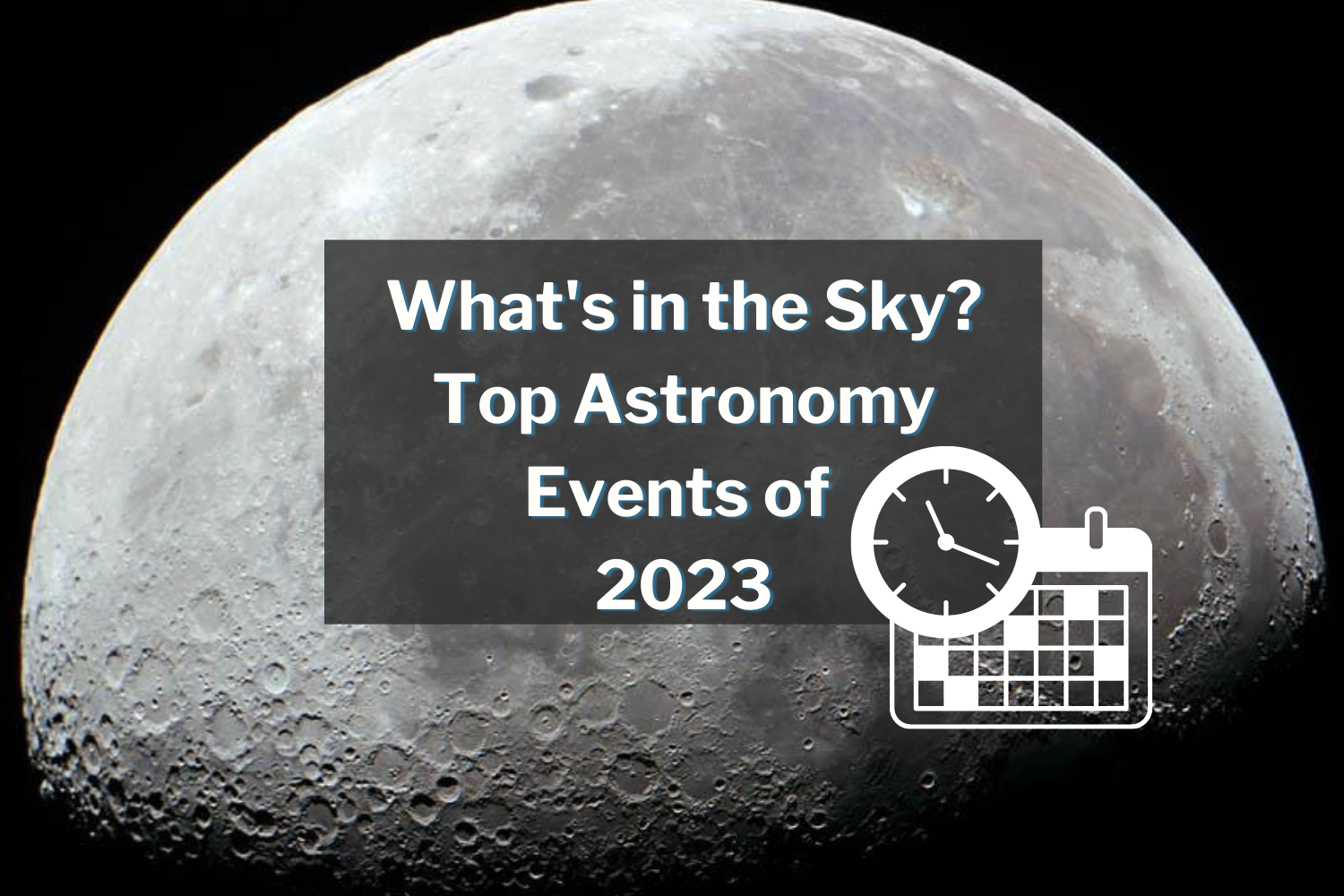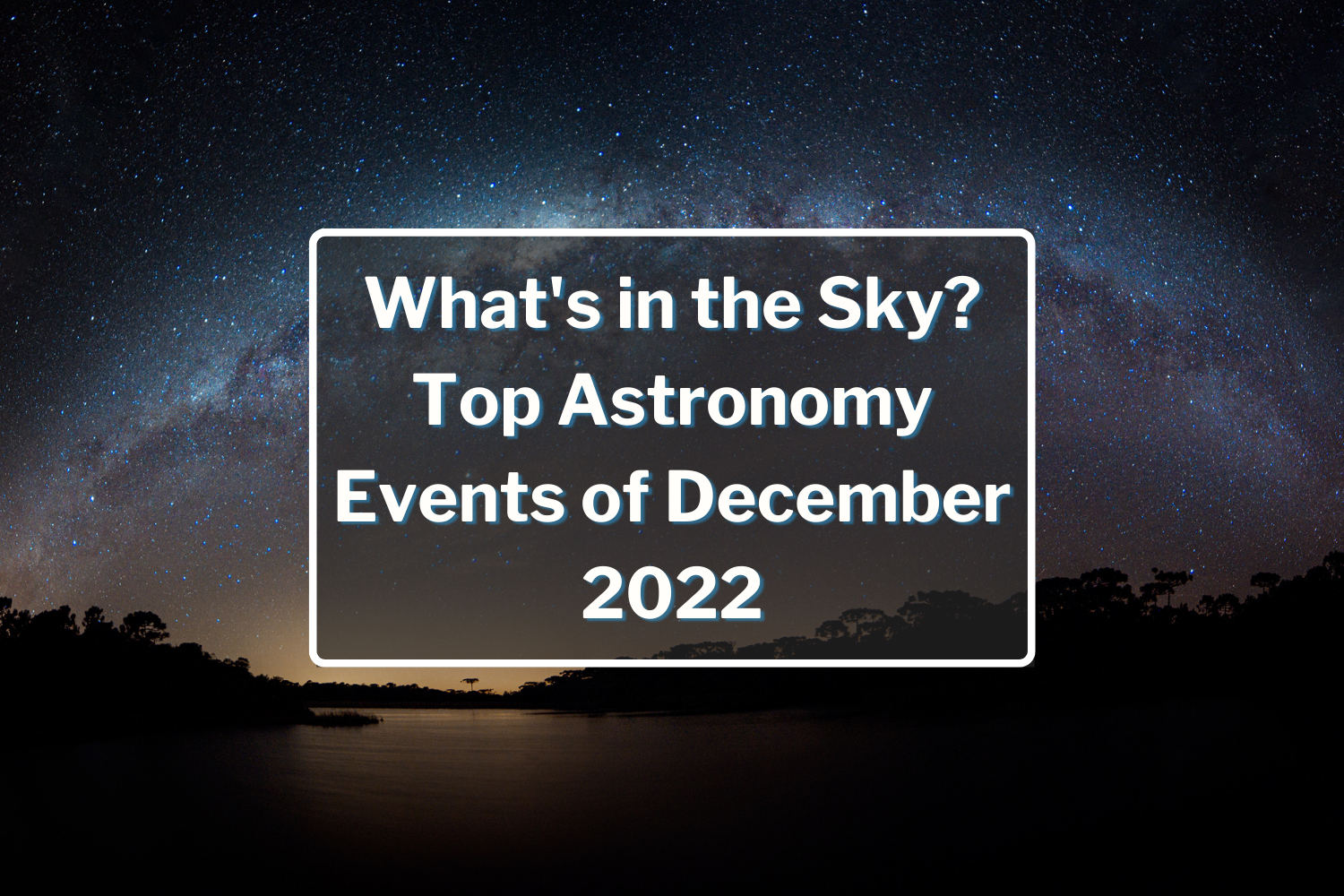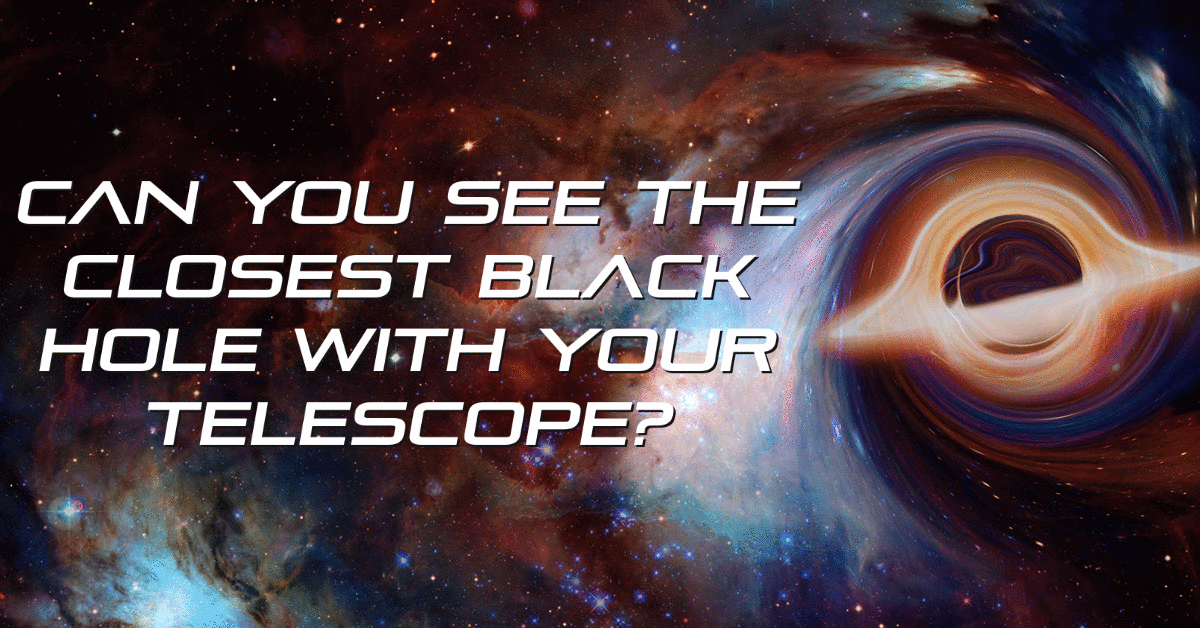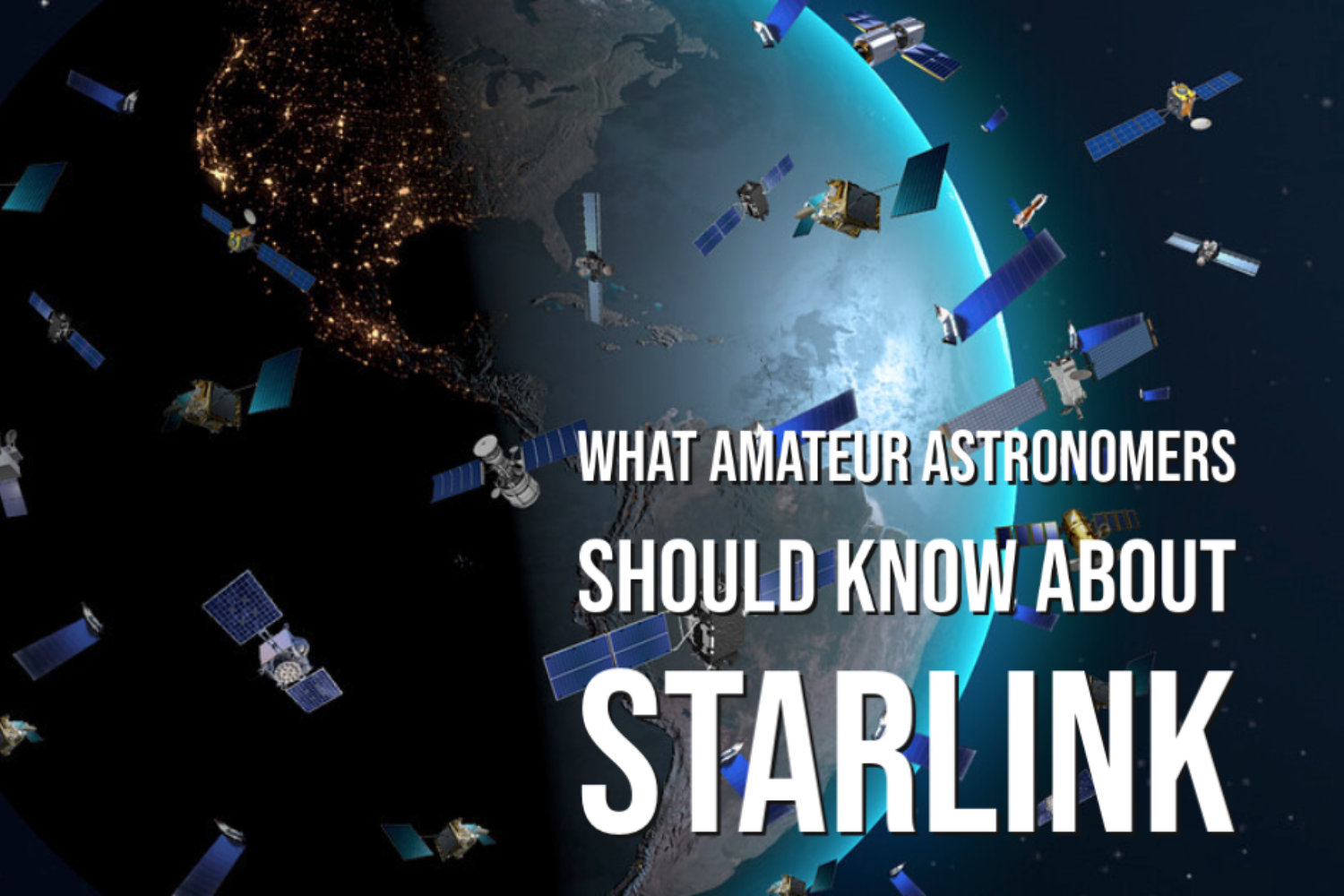Astronomy Events for May 2021
Get ready to look upin May withtheseexciting astronomy events happening all month!For many astrophotographers, May is a transition month from galaxy season to Milky Way season.
May kicks off the time of year when the core of the Milky Way rises during earlier viewing times (before 3 a.m.).If you’re looking to take the leap into astrophotography, check out our ultimate guide on theSky-Watcher Star Adventurerto learn more on capturing our home galaxy.
METEOR SHOWER AND MOON PHASES
May6 - EtaAquarids Meteor Shower
The EtaAquarids Meteor Shower can produce up to60meteors per hour at its peak. This makes it an above average display of meteors. The Southern Hemisphere will see the most activity. Activity lessens to about 30 meteors per hour for the Northern Hemisphere.The best viewing time will be right after midnight.
May11 - New Moon
This is the best time of the month for viewing or imaging the night sky. Plan on viewing galaxies and star clusters!
May 17 - MercuryGreatest Eastern Elongation
The planet Mercury reaches greatest eastern elongation from the Sun. For those in the west, this is the best time to see Mercury. Look for the planet just after sunset above the horizon. Check out our blog on how to see the planets to learn more.
May26 - Full Moon, Supermoon
This supermoon was known by some early Native American tribes as the Flower Moon because this was the time of year when spring flowers appeared in abundance. This moon has also been known as the Corn Planting Moon and the Milk Moon.
May 26 - Total Lunar Eclipse
A total lunar eclipse causes the Moon to get darker with a rusty or blood red color. It will be visible throughout the Pacific Ocean and parts of eastern Asia, Japan, Australia, and western North America.
Check out our lunar photography tutorial for some great tips on successfully capturing the Moon. If you share your images on social media, make sure to use the hashtag #OPTeam for a chance to be featured on ourInstagram page!
Northern Hemisphere Constellations and Deep Space Objects
Constellation Canes Venatici
- The Whirlpool Galaxy (M51)
- Sunflower Galaxy (M63)
- Cat’s Eye Galaxy (M94)
- The spiral galaxy Messier 106
- Messier 3,and the bright, large globular cluster
- Whale Galaxy (NGC 4631)
- The Hockey Stick Galaxies (NGC 4656 and NGC 4657)
- The Cocoon Galaxy (NGC 4490), and more!
Constellation Coma Berenices
- The Black Eye Galaxy (M64) is a spiral galaxy known for its bright nucleus surrounded by a dark band of dust. It is also known as the Sleeping Beauty or Evil Eye galaxy.
- Messier 53.
- The Virgo Cluster members: Messier 85, Messier 88, Messier 91, Messier 98, Messier 99 (Coma Pinwheel), and the grand design spiral galaxy Messier 100.
- Coma Star Cluster, a large open star cluster.
- The Needle Galaxy (NGC 4565), the famous edge-on spiral galaxy.
- Spiral galaxies NGC 4314, NGC4414 and NGC 4651,or the Umbrella Galaxy.
Southern Hemisphere Constellations and Deep Space Objects
ConstellationCentaurus
Centaurus contains a couple of open clusters visible to the naked eye in good conditions.
- NGC 3766.
- NGC 5460.
- The Blue Planetary nebula (NGC 3918), also known as the Southerner, is the brightest planetary nebula in this region of the sky.
ConstellationVirgo
- The famous Sombrero Galaxy (M104), an unbarred spiral galaxy located near the border with Corvus. It is the only galaxy not part of the Virgo Cluster.
- The Virgo Cluster: Messier 49, Messier 58, Messier 59, Messier 60, Messier 61, Messier 84, Messier 86, Messier 87, Messier 89, and Messier 90.
- Messier 87, also known as Virgo A, is the largest galaxy in the cluster
- Messier 49, the brightest member of the Virgo Cluster is the elliptical galaxy.
- Messier 84 and Messier 86 are part of Markarian’s Chain, a majestic stretch of galaxies near the center of the cluster.
- The Eyes Galaxies, a famous interacting pair catalogued as NGC 4438 and NGC 4435.
ConstellationMusca
Musca, the Fly, is among the smallest constellations.
- The Engraved Hourglass Nebula (MyCn 18), a young planetary nebula given its name for its shape.
- The Spiral Planetary Nebula (NGC 5189), its S-shape resembles a spiral galaxy in a telescope.
- The globular clusters NGC 4833 and NGC 4372.
- The Dark Doodad Nebula, a dark nebula stretching across into the vicinity of NGC 4372, which is just south of the better known Coalsack Nebula.
If you're looking to get started, check out ourguide toastrophotography!















